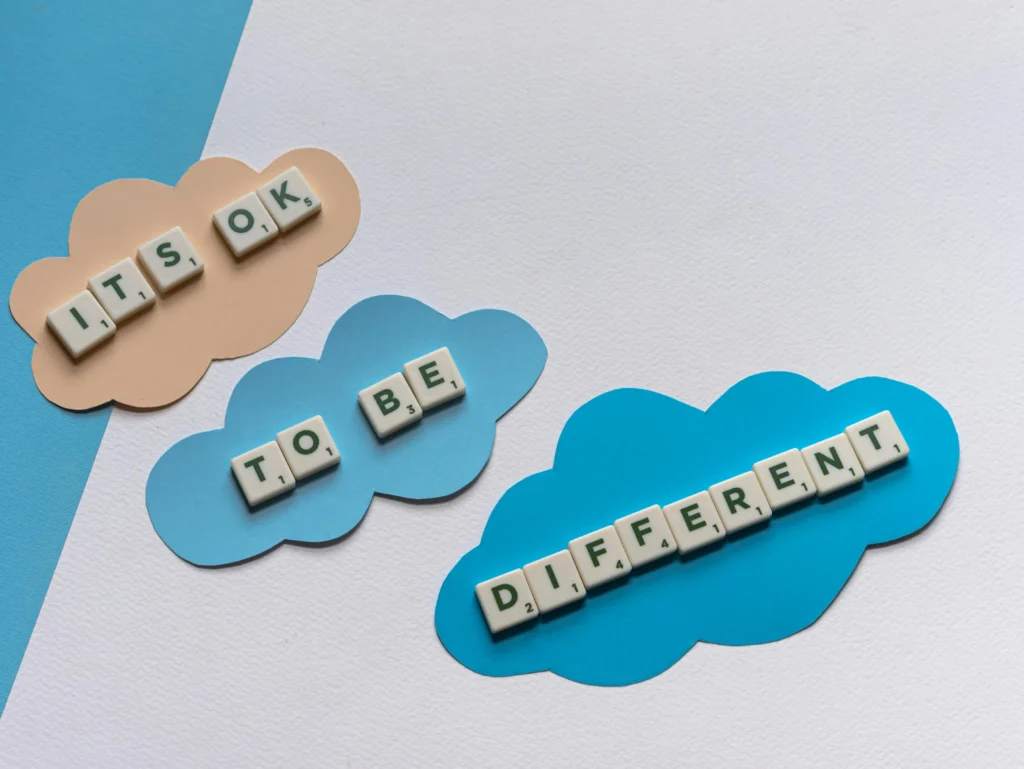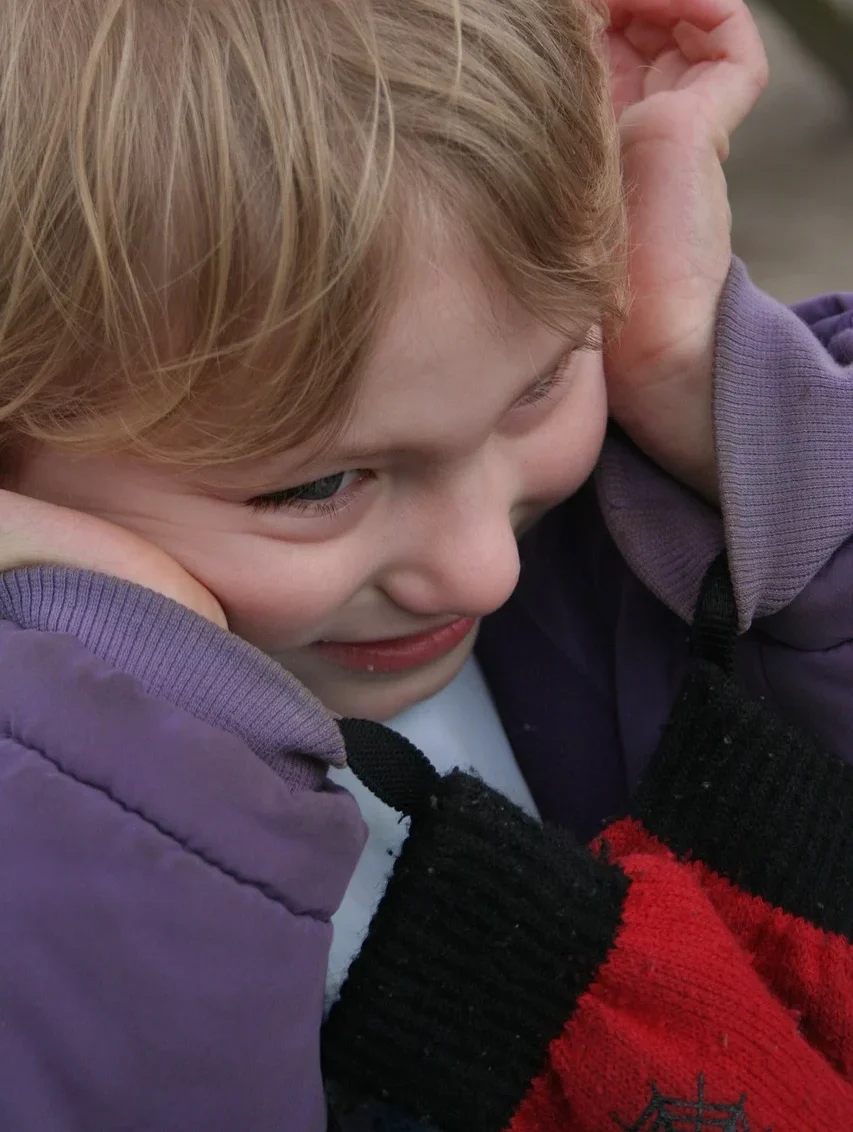It is not some buzzword that has become popular; rather, it’s a call for action-a movement toward understanding and acceptance of the diverse experiences of individuals with autism. Generally, autism refers to Autism Spectrum Disorder, which entails a wide array of challenges concerning social skills, communication, and behavioral routines. It’s about promoting more understanding to create a more inclusive, kind, and accepting world for the spectrum. In this article, we’ll explore the importance of autism awareness, the challenges individuals with autism face, and actionable steps to create a more inclusive society.
What Is Autism Spectrum Disorder (ASD)?
Generally, Autism Spectrum Disorder, or ASD, is a developmental condition that affects an individual’s perceptions of the world and their communication with others. The term “spectrum” explains the wide variability in strengths and difficulties that individuals diagnosed with autism show. According to the Centers for Disease Control and Prevention, about 1 in every 36 children in the United States has autism-diagnosed conditions, while boys are being diagnosed four times more than girls. While there is no single cause of autism, research suggests a combination of genetic and environmental factors.
Key characteristics of ASD include:
- Difficulty with social interactions.
- Challenges in verbal and non-verbal communication.
- Restricted or repetitive behaviors and interests.
- Sensory sensitivities, such as heightened reactions to light, sound, or touch.
It is understood that education is key to understanding autism. Therefore, awareness campaigns about autism are very crucial to break down misconceptions and stereotypes.

The Importance of Autism Awareness
Raising autism awareness is an important factor for building a society that makes every human being feel valued and supported. Awareness programs are essential in:
1. Promoting Early Diagnosis and Intervention
The reason early diagnosis is important is that it helps children with autism to get the supports that will help them to thrive. Early recognition by parents and educators can lead to assessments and therapies that greatly improve outcomes. Watch for delayed speech, limited eye contact, and repetitive behaviors that are early warning signs of autism.
2. Reducing Stigma
Unfortunately, so many people suffering from autism still face stigma and misunderstanding. By raising the awareness of autism, we can hope to dispel harmful stereotypes and invite acceptance. This is important to realize-that autism is not a deficit, but another perspective on the world.
3. Encouraging Inclusivity
From classrooms to workplaces, accommodating an inclusive environment helps everyone. Awareness campaigns help the community make adjustments, such as creating sensory-friendly spaces and clear communication strategies, that would accommodate individuals with autism.
4. Highlighting Strengths and Talents
So many of these individuals come with strengths-attention to detail, creativity, and exceptional memory. Raising awareness helps shift the focus from challenges to abilities, celebrating the contributions of autistic individuals living among us.
Autism Awareness Month: A Global Initiative
Every April, Autism Awareness Month brings the community of autism into the spotlight. Events are organized worldwide, resources shared, and people are encouraged to wear blue in support. The initiative also includes World Autism Awareness Day on April 2nd, a day recognized by the United Nations.
How You Can Get Involved
- Educate Yourself: read books and documentaries; follow autism advocates on social media.
- Support Nonprofits: that provide resources for individuals with autism and their families by donating or volunteering.
- Advocate for Inclusion: by working with local schools, businesses, and governments to provide inclusive practices and implement accommodating policies.
- Spread the Word: Share Autism Awareness content on social media to help get the word out to a wider audience.
Breaking Down Misconceptions About Autism
Despite heightened awareness, a number of autism myths continue to circulate. Let’s help banish some of these myths:
Myth 1: All People with Autism Have the Same Symptoms
Reality: It is a spectrum disorder; no two people with autism experience it in the same way. Some are non-verbal, some have high-functioning verbal skills. Some have a problem with sensory overload, while others seek sensory input.
Myth 2: People with Autism Lack Empathy
Reality: Many people with autism feel empathy profoundly, though in different ways. They might struggle to express their feelings or understand social cues; that does not make them compassionless.
Myth 3: Autism Is Caused by Vaccines
Reality: The myth of vaccines causing autism has been disproved through extensive research. The science is unmistakable: vaccines are safe, and they do not cause autism.
How to Foster Autism Awareness in Everyday Life
Increased awareness of autism isn’t just left to big campaigns-it needs to begin with every person. Here’s how you can make a difference:
1. Educate Yourself and Others
Learn about autism from credible sources and share your knowledge with friends, family, and colleagues. Understand the terms “stimming” and “sensory processing differences,” which demystify behaviors most commonly associated with autism.
2. Practice Patience and Compassion
Interacting with an individual on the spectrum may demand patience. Give extra time for processing information, avoid assumptions, and approach each interaction with empathy.
3. Advocate for Inclusion
Advocate for accommodations at schools, workplaces, and public places. For example, ask stores to provide sensory-friendly hours or for employees to receive autism training.
4. Celebrate Neurodiversity
It goes hand in hand with autism awareness: the celebration of neurodiversity, or the idea that neurological differences are a natural variation in the human experience. Let’s embrace and appreciate these differences as strengths.
The Role of Schools in Autism Awareness
Schools are at the frontline of awareness for autism since the teachers are engaging students with autism on a daily basis. Strategies to engage and interact include the following:
- Implementing Individualized Education Plans (IEPs): Written and implemented specific to the unique needs of the individual student with autism.
- Providing Sensory Breaks: Provide the time and a place for the students to step outside and center themselves.
- Training Staff: Provide training about autism and working with students for all teachers, bus drivers, and lunch staff.
Conclusion: Embracing a More Inclusive World
But autism awareness is more than understanding; it’s action. By informing ourselves, challenging the stereotype, making a plea to include, we work toward building the society in which individuals with autism feel valued and supported. So together, let us share the calm, not the chaos. The world, finally, will be home when everyone will truly thrive- not a moment, but a movement is Autism Awareness.

